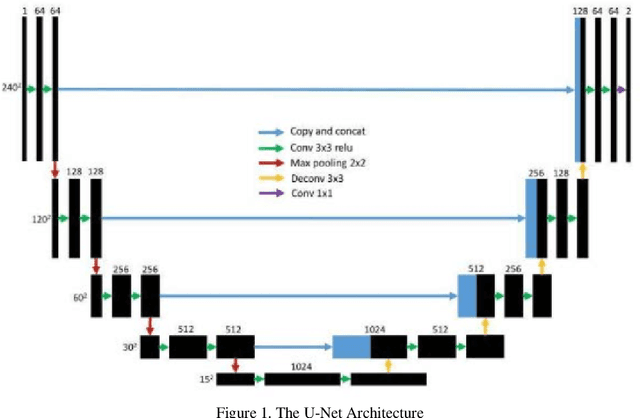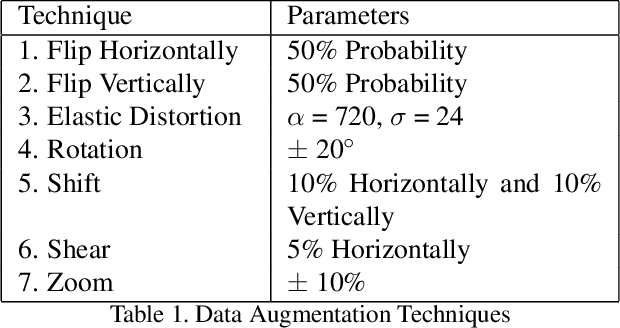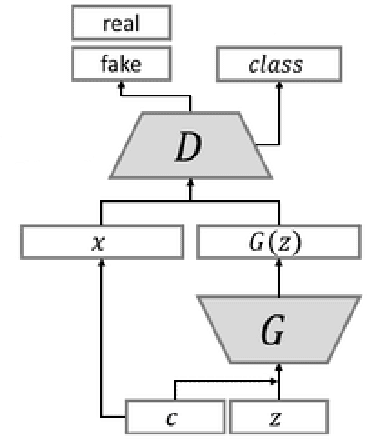Khushboo Mehra
Visual Writing Prompts: Character-Grounded Story Generation with Curated Image Sequences
Jan 20, 2023Abstract:Current work on image-based story generation suffers from the fact that the existing image sequence collections do not have coherent plots behind them. We improve visual story generation by producing a new image-grounded dataset, Visual Writing Prompts (VWP). VWP contains almost 2K selected sequences of movie shots, each including 5-10 images. The image sequences are aligned with a total of 12K stories which were collected via crowdsourcing given the image sequences and a set of grounded characters from the corresponding image sequence. Our new image sequence collection and filtering process has allowed us to obtain stories that are more coherent and have more narrativity compared to previous work. We also propose a character-based story generation model driven by coherence as a strong baseline. Evaluations show that our generated stories are more coherent, visually grounded, and have more narrativity than stories generated with the current state-of-the-art model.
Data Augmentation using Feature Generation for Volumetric Medical Images
Sep 28, 2022



Abstract:Medical image classification is one of the most critical problems in the image recognition area. One of the major challenges in this field is the scarcity of labelled training data. Additionally, there is often class imbalance in datasets as some cases are very rare to happen. As a result, accuracy in classification task is normally low. Deep Learning models, in particular, show promising results on image segmentation and classification problems, but they require very large datasets for training. Therefore, there is a need to generate more of synthetic samples from the same distribution. Previous work has shown that feature generation is more efficient and leads to better performance than corresponding image generation. We apply this idea in the Medical Imaging domain. We use transfer learning to train a segmentation model for the small dataset for which gold-standard class annotations are available. We extracted the learnt features and use them to generate synthetic features conditioned on class labels, using Auxiliary Classifier GAN (ACGAN). We test the quality of the generated features in a downstream classification task for brain tumors according to their severity level. Experimental results show a promising result regarding the validity of these generated features and their overall contribution to balancing the data and improving the classification class-wise accuracy.
 Add to Chrome
Add to Chrome Add to Firefox
Add to Firefox Add to Edge
Add to Edge